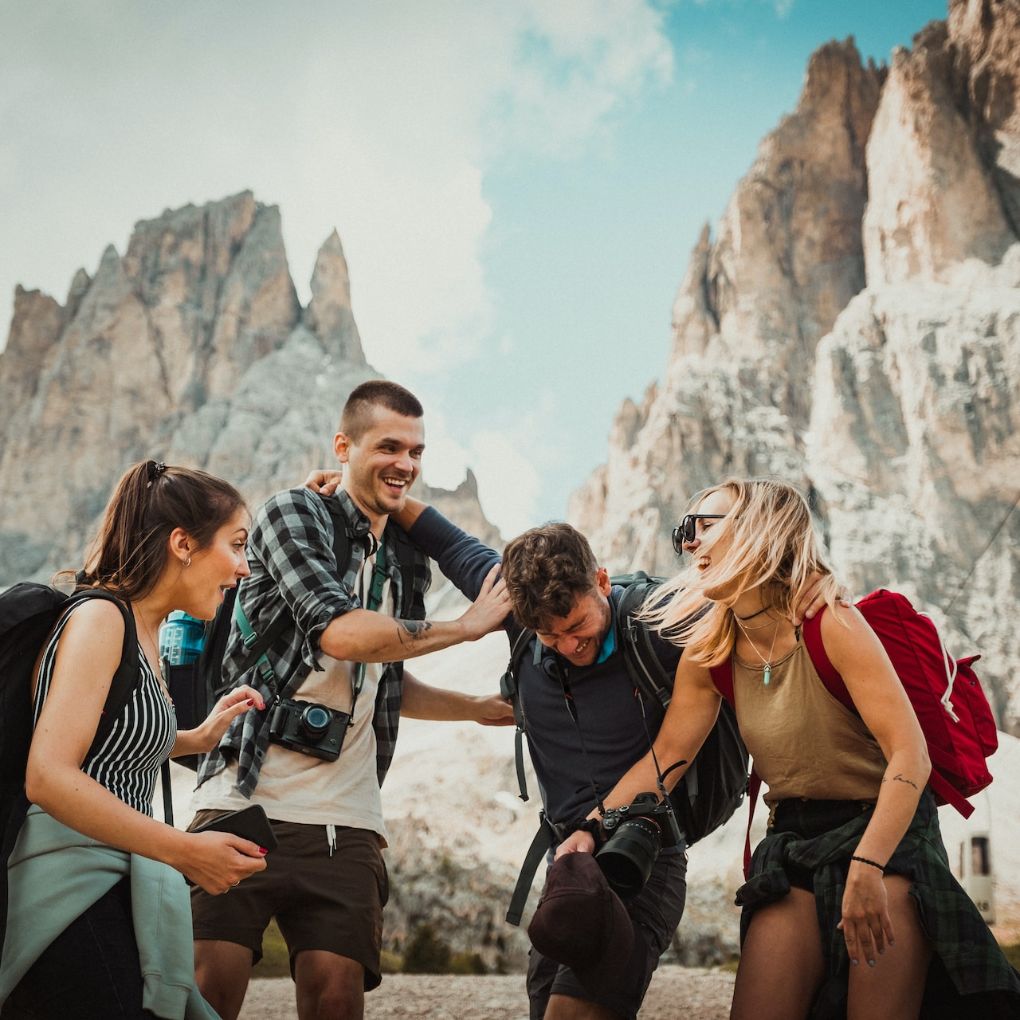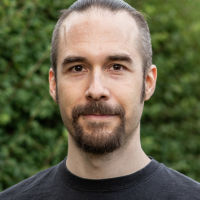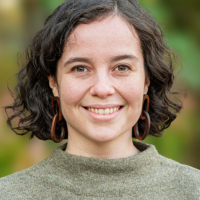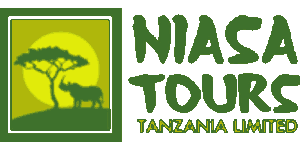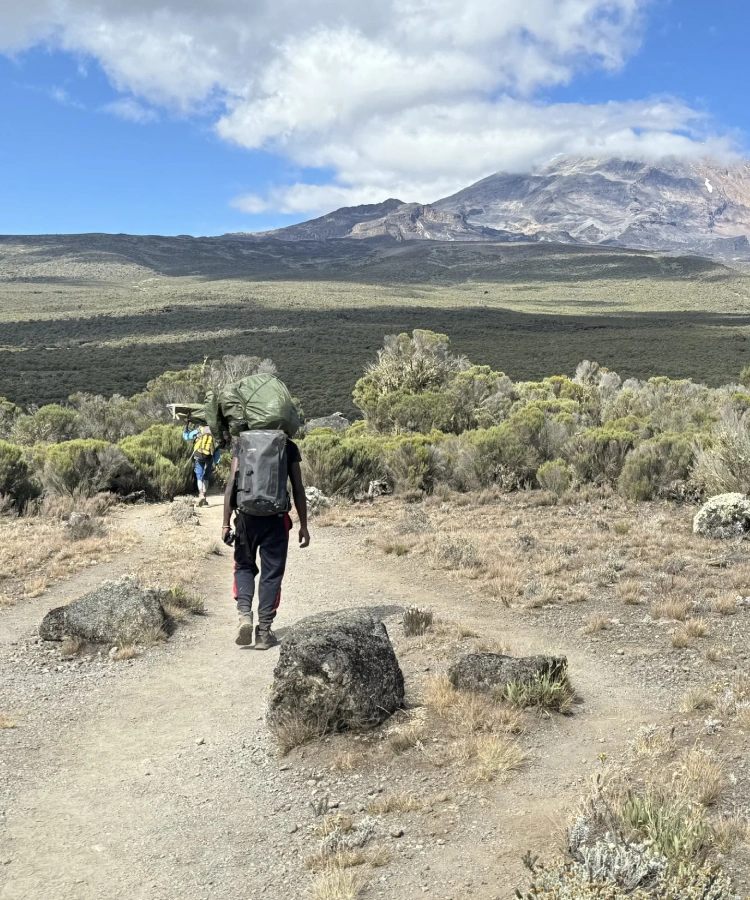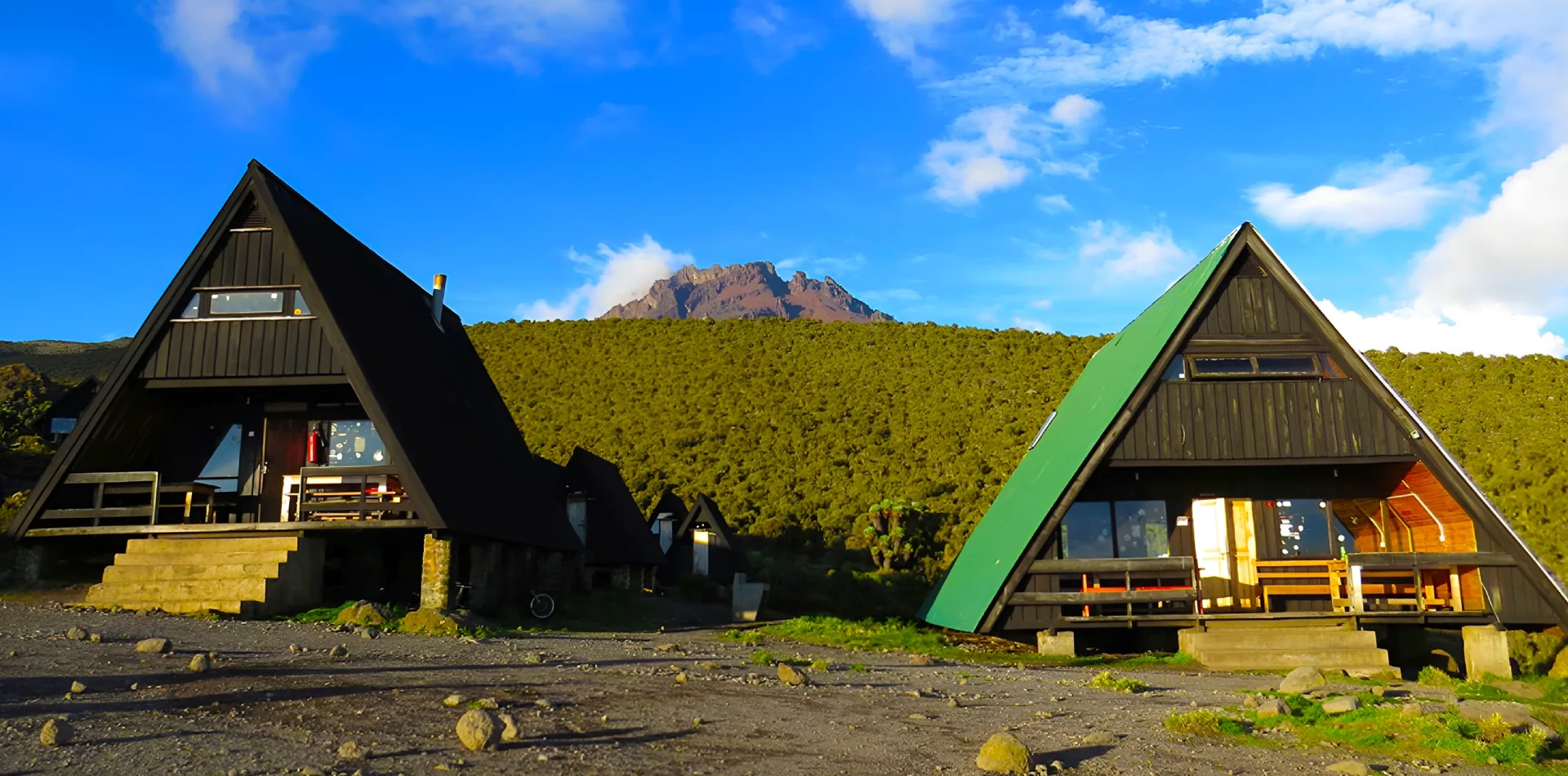
6 Days Kilimanjaro Trekking Itinerary – Marangu Route
About This Safari
The Marangu Route, often lovingly referred to as the “Coca-Cola Route”, is the only path up Kilimanjaro where you’ll sleep in shared mountain huts instead of tents. It’s ideal for those who prefer a little more structure and comfort at the end of a long hiking day. The route is direct, well-established, and incredibly scenic — taking you from lush rainforest to high-alpine desert, and eventually to the icy summit of Uhuru Peak (5,895m), the highest point in Africa.
This 6-day itinerary includes a vital acclimatization day at Horombo Hut, making it far more forgiving than the rushed 5-day version. You’ll hike high, sleep low, and give your body the best chance to adjust to altitude. It’s still a challenge — this is Kilimanjaro, after all — but one that many trekkers with good preparation and determination complete successfully.
You’ll walk slowly, breathe deeply, bond with your crew and fellow hikers, and slowly, steadily climb toward the stars.
Tour Highlights
Mountain Huts
Sleep in mountain huts (bunk beds) — no camping required.
Acclimatization Boost
Includes a rest and acclimatization day, increasing summit success.
Uhuru Sunrise
Sunrise at Uhuru Peak — an emotional and unforgettable reward.
Guided Ease
Ideal for those looking for a structured, comfortable trek.
Price starts at 2474USD per person depending on the number of people per group.
Tour Details
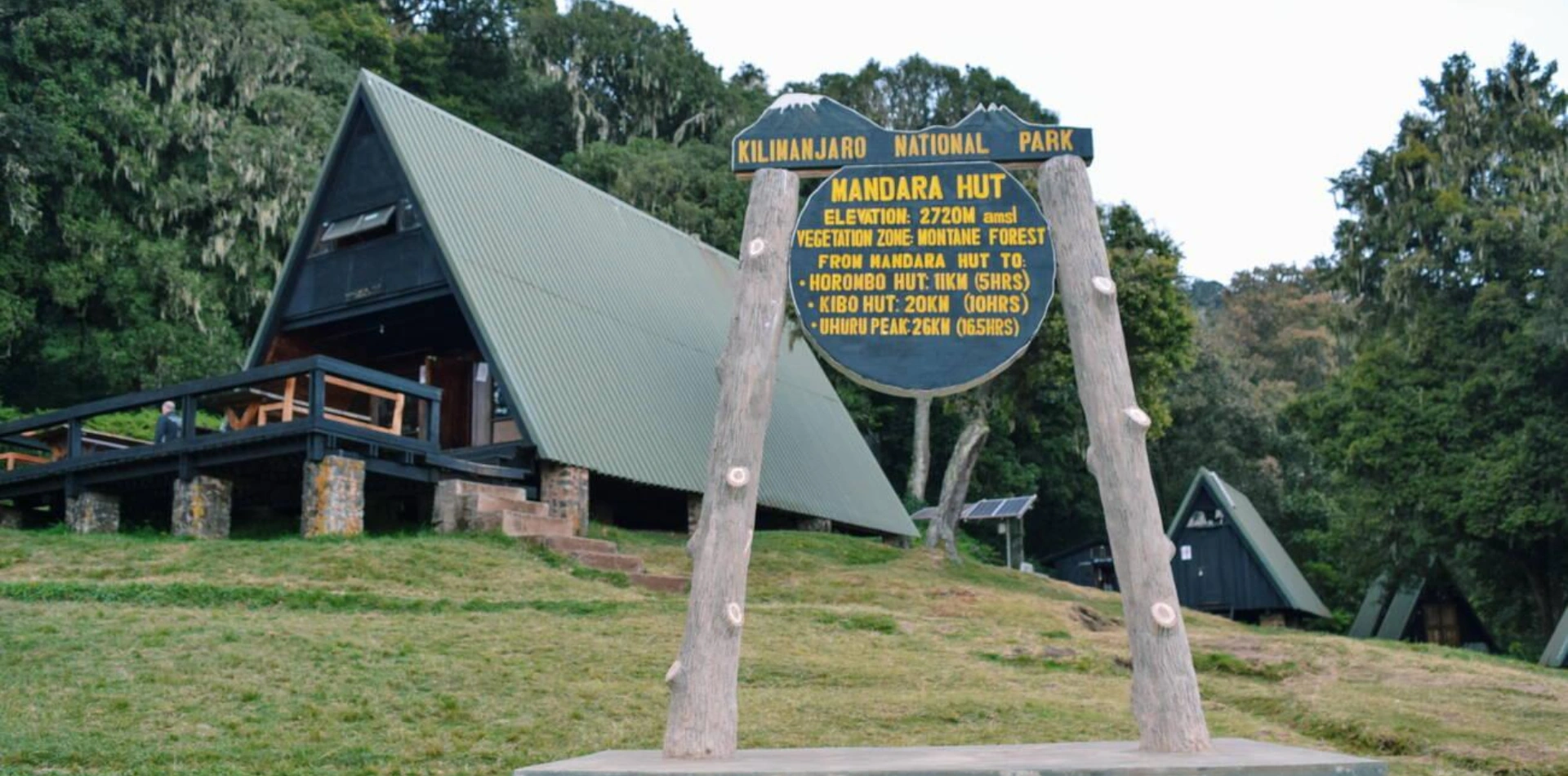
- Distance: ~8 km
- Time: 4–5 hours
- Habitat: Rainforest
Your journey begins at Marangu Gate, where you'll register, meet your guides, and begin your ascent through the lush rainforest. The trail is peaceful and shaded, with mossy trees, hanging vines, and the occasional chatter of blue or colobus monkeys overhead.
After a few gentle hours, you’ll arrive at Mandara Hut, a cluster of wooden A-frames nestled in the forest. You’ll settle into your first hut, share stories over dinner, and fall asleep to the sounds of the forest.
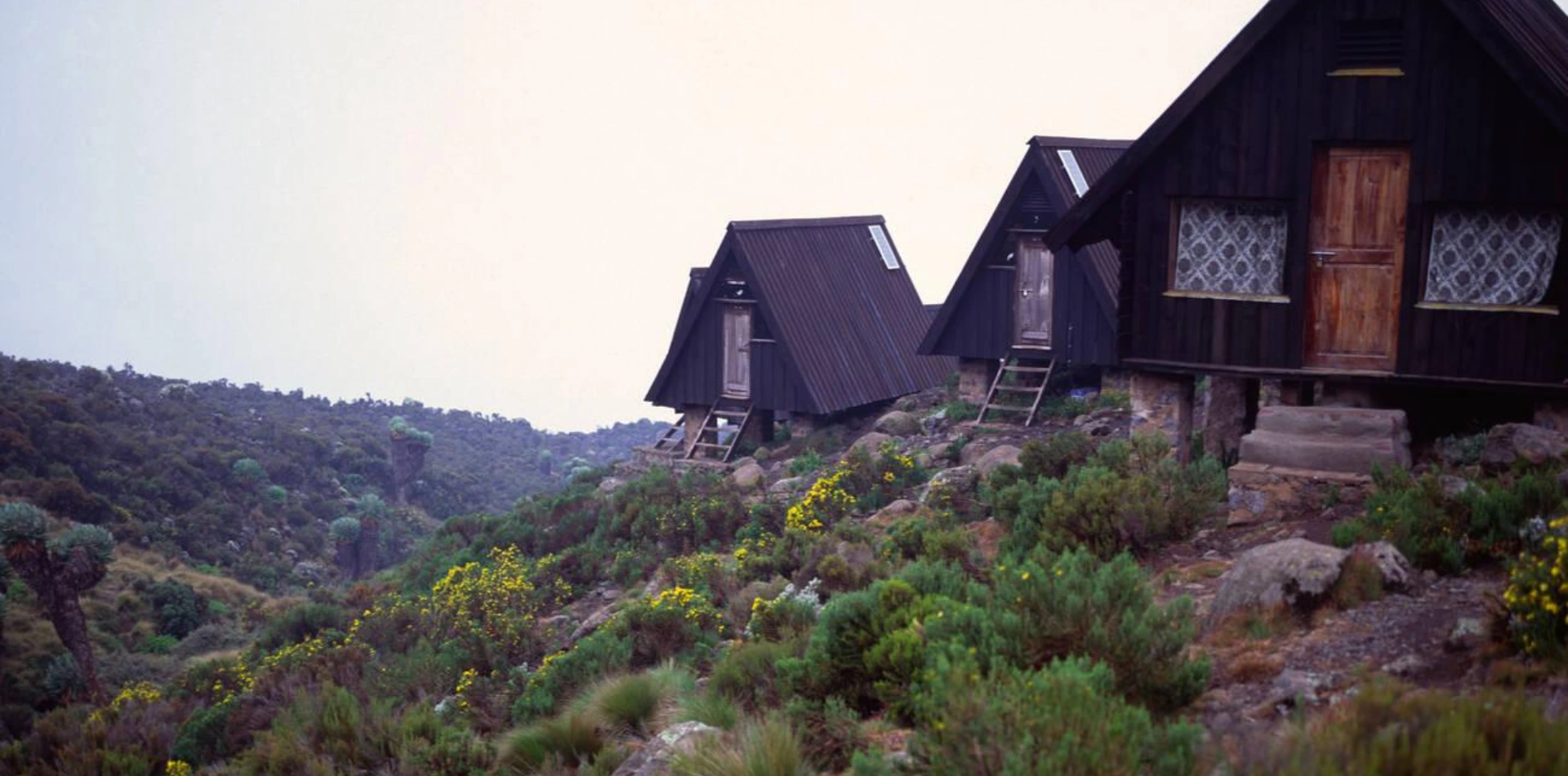
- Distance: ~11 km
- Time: 6–8 hours
- Habitat: Heath and moorland
Today, the trail opens up into the heath and moorland zone. You’ll pass strange alpine plants like giant groundsels and synecious, with incredible views of Mawenzi Peak on a clear day. The air grows thinner, but the trail is steady. You’ll arrive at Horombo Hut, perched on a ridge with sweeping views. This is home for the next two nights.
You might feel the altitude here — headaches, fatigue, or dizziness are normal. Go slow, drink lots of water, and rest.
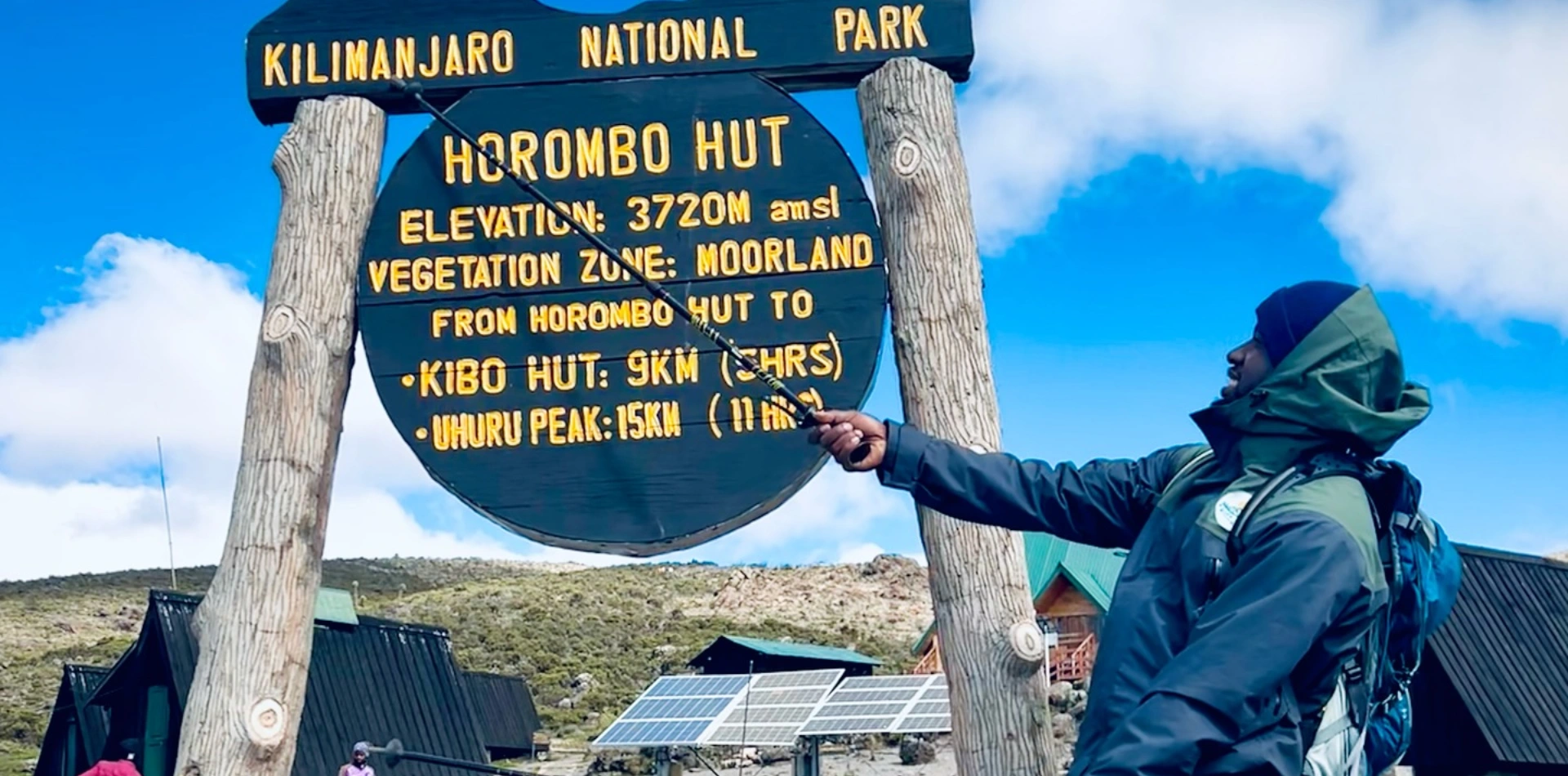
- Optional hike to Zebra Rocks (~4,000m)
- Time: ~2–3 hours’ round trip
This is a crucial day. You’ll stay at the same elevation but go for a gentle acclimatization hike to Zebra Rocks, a unique lava formation streaked with black and white mineral deposits.
This hike helps your body adjust to the altitude and gives you time to rest, recharge, and enjoy the mountain without rushing. You’re stronger now than when you arrived — not just physically, but mentally too.
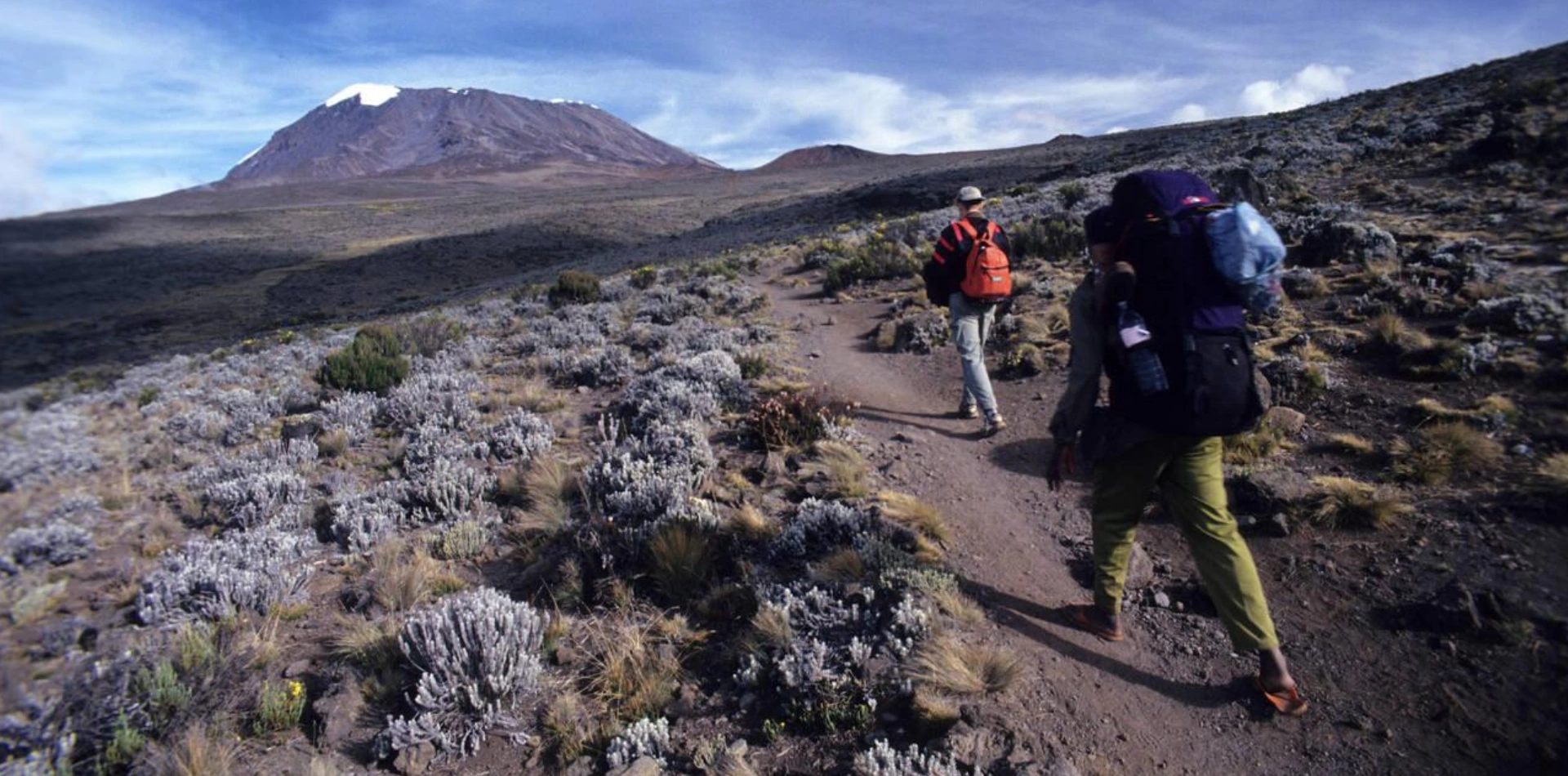
- Distance: ~10 km
- Time: 5–7 hours
- Habitat: Alpine desert
The landscape changes dramatically as you cross the Saddle — a vast, arid plain between Mawenzi and Kibo peaks. It feels like walking on the moon. The wind picks up. The sun is strong. You’ll move slowly and deliberately toward Kibo Hut, your base camp for the summit push.
You’ll eat an early dinner, prep your gear, and rest — or try to. The summit attempt begins just after midnight. Nerves are normal. So is excitement. Trust your guide. Trust yourself.
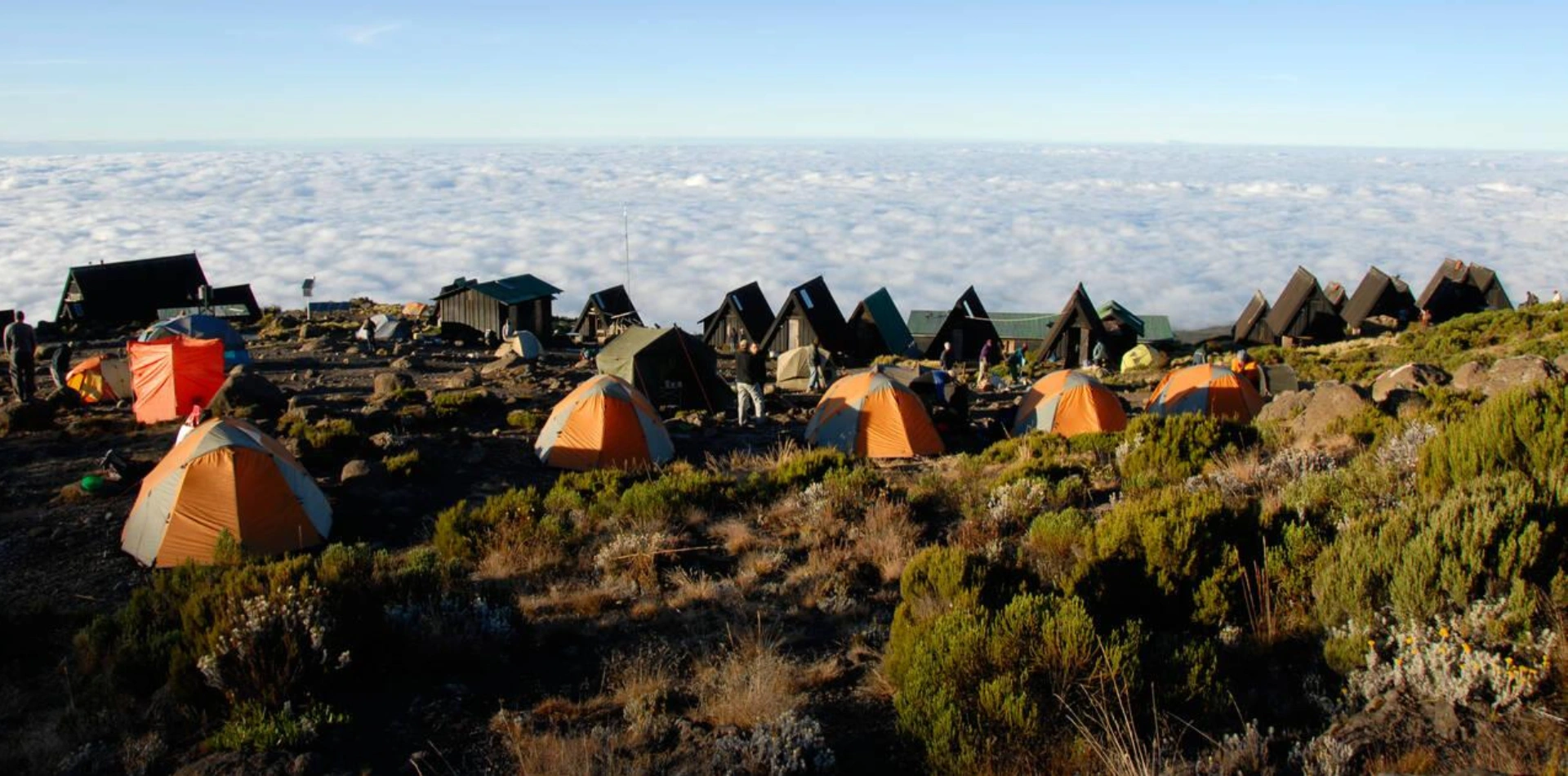
- Distance: ~21 km
- Time: 12–14 hours’ total
- Habitat: Arctic to moorland
You’ll wake around 11:30 PM and begin your ascent by headlamp. The trail zigzags up steep scree — it’s cold, quiet, and slow going. This is the hardest part, both physically and mentally.
After 6–8 hours of steady climbing, you’ll reach Gilman’s Point (5,685m) — the edge of the crater rim. From there, it’s a final push to Uhuru Peak, the highest point in Africa.
Sunrise at the summit is pure magic — golden light over glaciers, clouds below, silence all around. You’ll be tired, maybe even emotional. That’s part of it.
After a few photos and deep breaths, you’ll begin the long descent back to Horombo Hut. By the time you crawl into your bunk, you’ll be completely exhausted — and totally exhilarated.
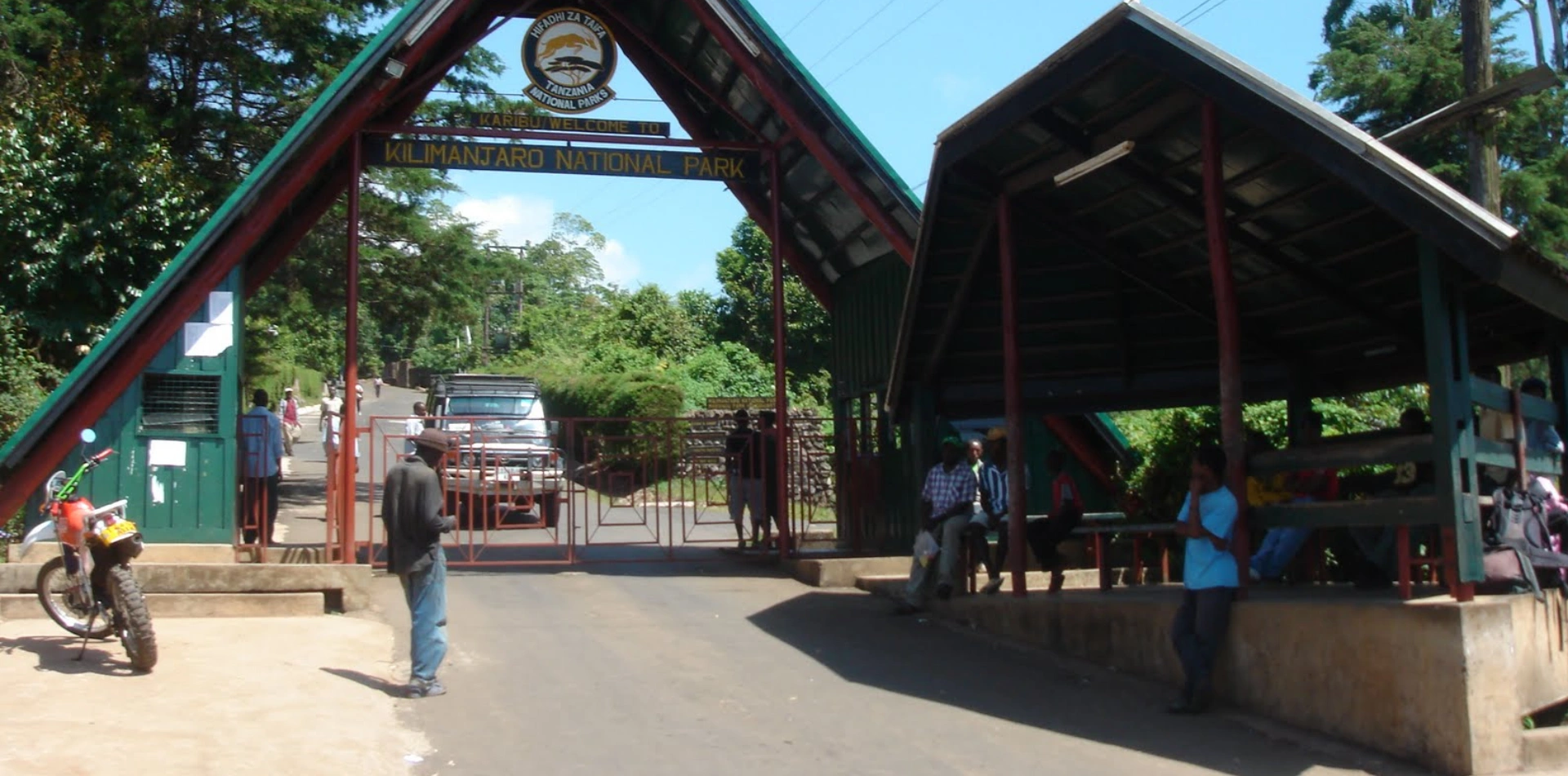
- Distance: ~19 km
- Time: 6–8 hours
- Habitat: Moorland to rainforest
Your final day on the trail. You’ll descend through the moorland and back into the thick rainforest. The air warms. The sounds of birds return. And finally, you’ll reach Marangu Gate, where you’ll check out, receive your summit certificate, and say heartfelt goodbyes to your incredible support crew. A hot shower, a cold drink, and a soft bed await — but something inside you has changed forever.
Good to Know
- Acclimatization matters — this 6-day version significantly increases your chances of success vs. the 5-day version
- Fitness level: Moderate — endurance is key, not speed
- Accommodation: Shared huts with mattresses (bring a warm sleeping bag)
- Meals: Hot, hearty meals prepared fresh by your cook
- Support: Friendly guides and porters who will cheer you on every step of the way
- Summit night: It’s hard. It’s cold. It’s long. But it’s 100% worth it.
Inclusions & Exclusions
- Kilimanjaro trekking according to the itinerary.
- Professional, English-speaking Wilderness First Responder & CPR certified Guide.
- Proper Ration of Mountain crew (Cook & Porters).
- Airport Transfers.
- Meals according to the itinerary.
- Hiking and Safety Equipment.
- Drinking water and Full Board Meals.
- All National Park & Hut Fees, Crew Permits and VAT.
- Fair and Sustainable Salary Crew Wages.
- Gate Transfers.
- Government taxes.
- Complimentary Oxygen Cylinder.
- Flights
- Visas
- Tips to the mountain staff.
- Tips for porters and mountain crew .
- Personal spending money for souvenirs etc.
- Energy food & beverages, alcoholic and soft drinks.
- Personal hire gear such as trekking poles, sleeping bags, etc.
- Additional lodge nights if early descent from the mountain.
Tour Map
Tour Gallery
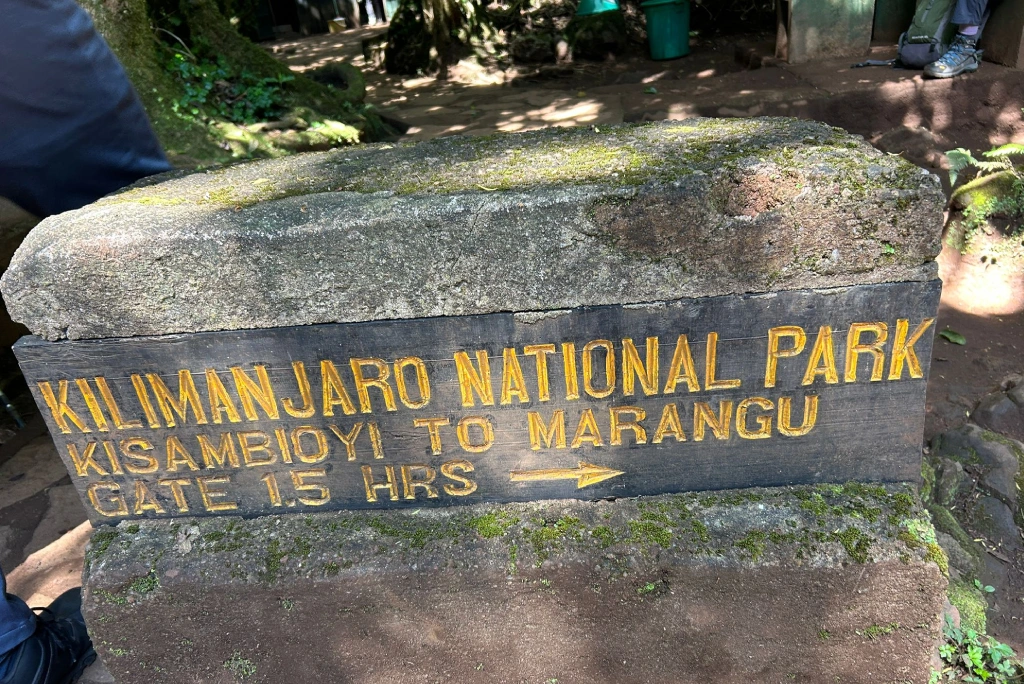
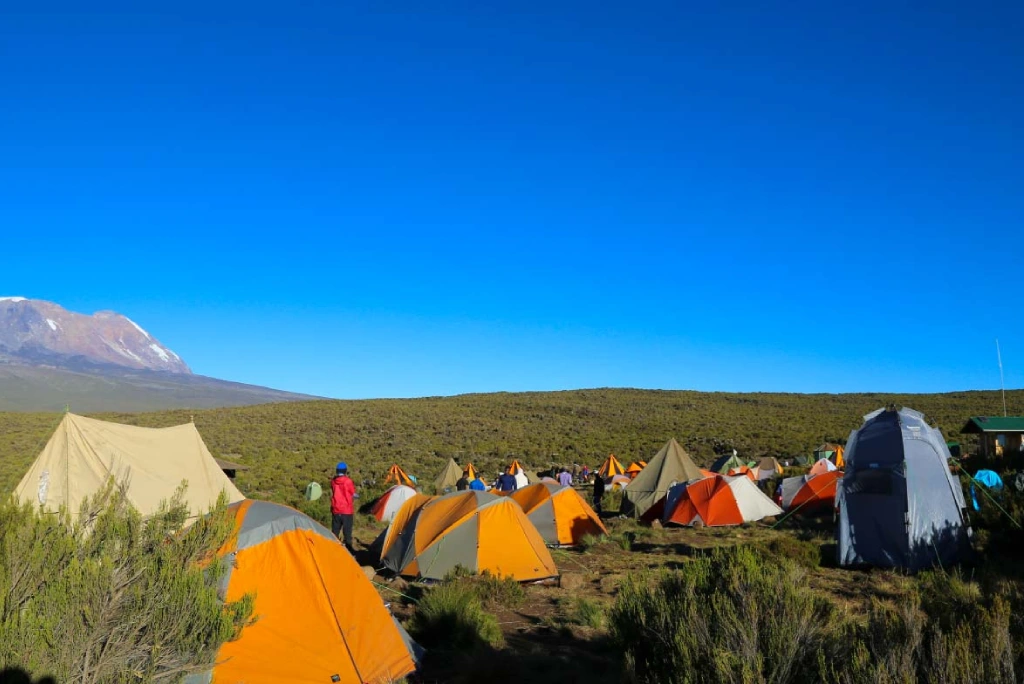
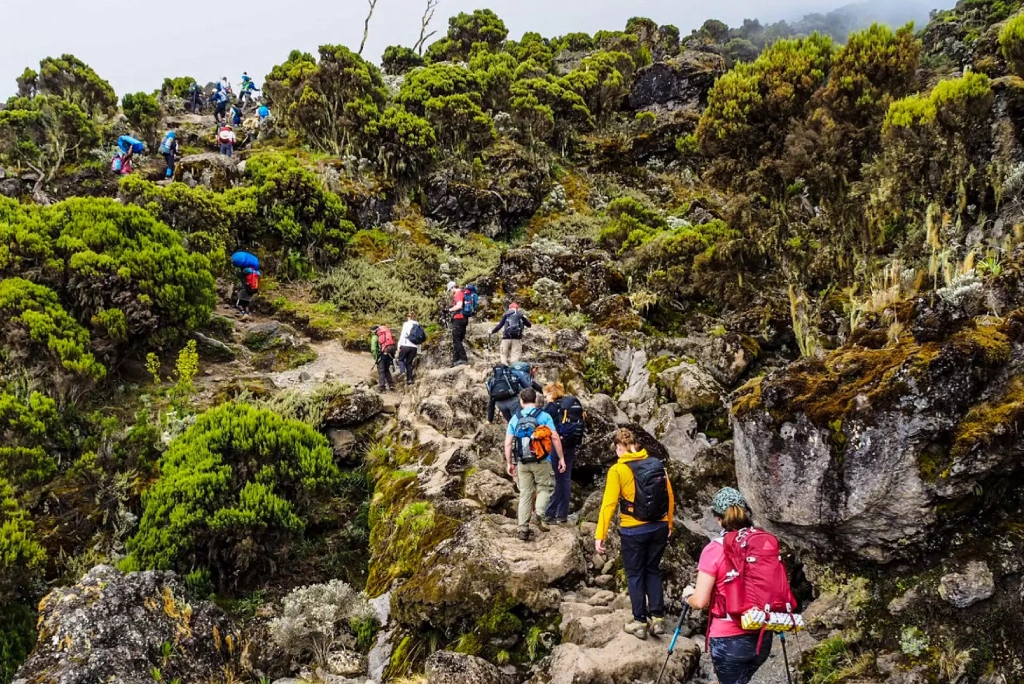
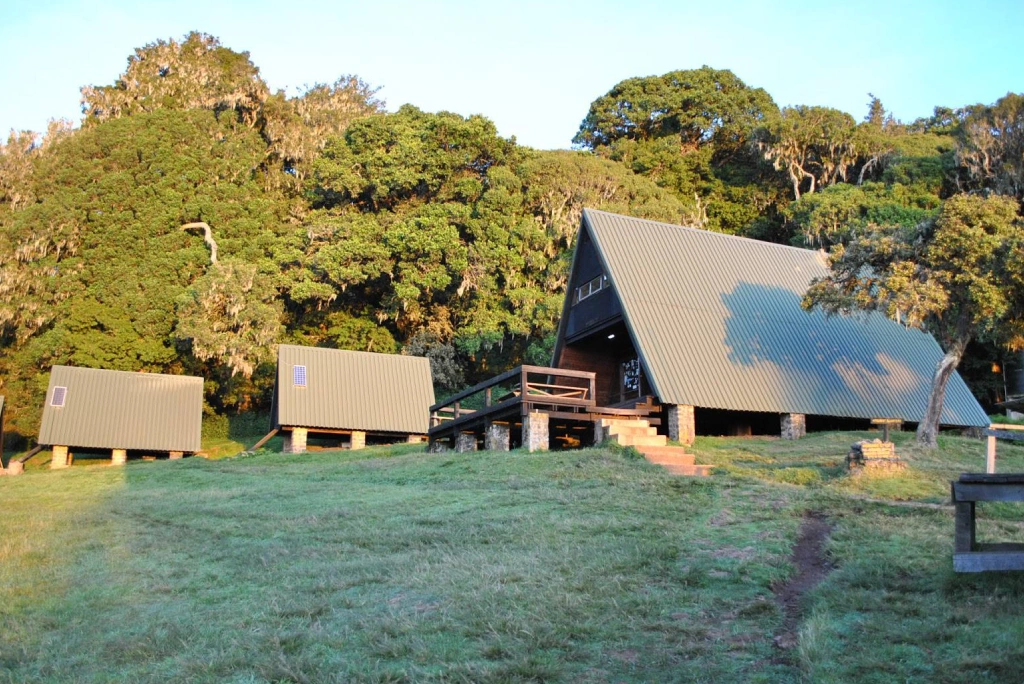
Related Mount Kilimanjaro Trekking
Given the off-road terrain that will be encountered, a bike that can adequately tackle this is also essential. A gravel bike is usually a popular option for bikepacking.
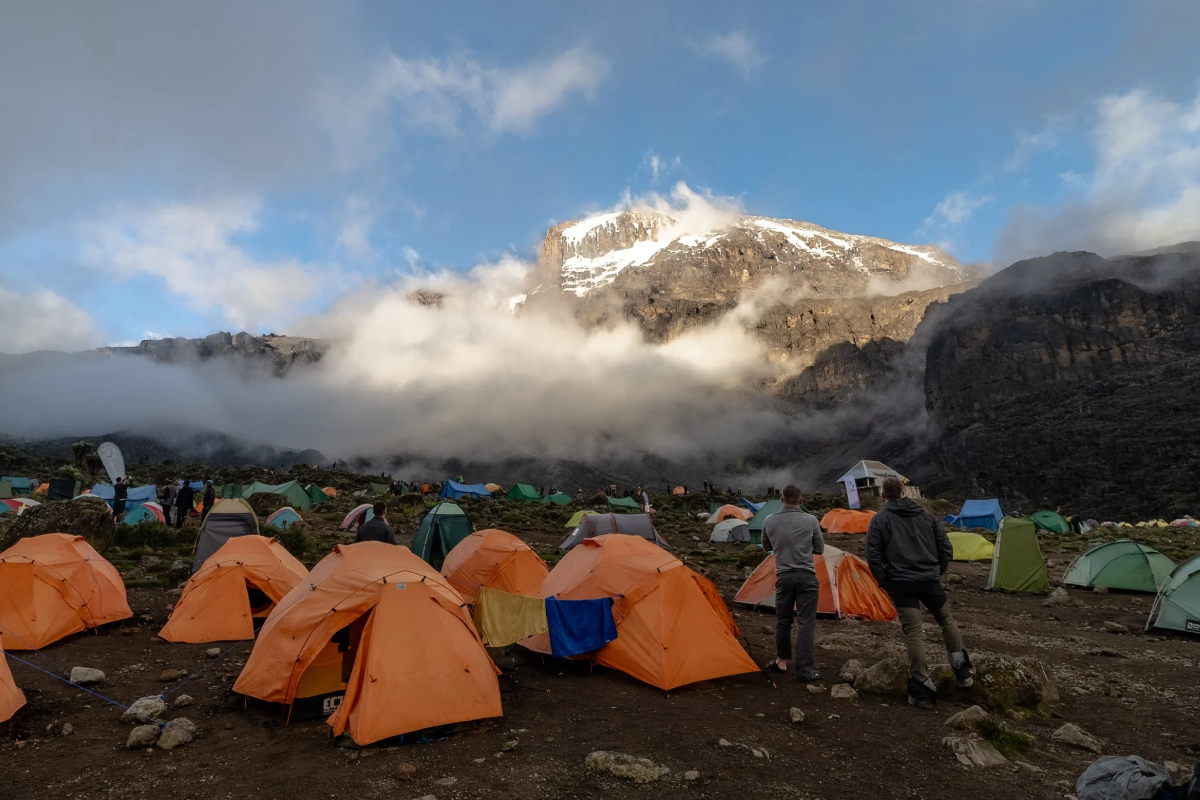
8 Days Lemosho Route
Embark on an 8-day Lemosho Route trek, traversing forests, plateaus, alpine deserts, and summiting Uhuru Peak with expert support.
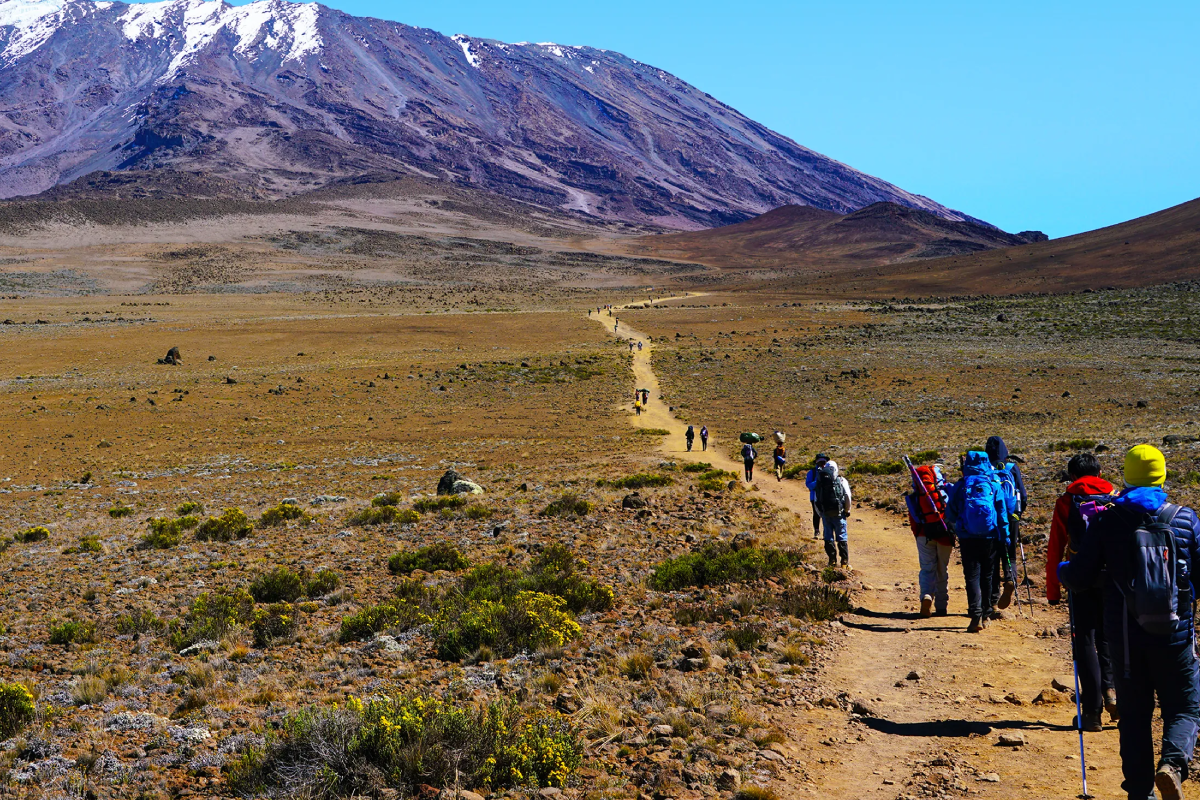
7 Days Machame Route
Trek Kilimanjaro’s 7-day Machame Route, crossing rainforests, moorlands, and glaciers, camping under stars, reaching Uhuru Peak with guided support.
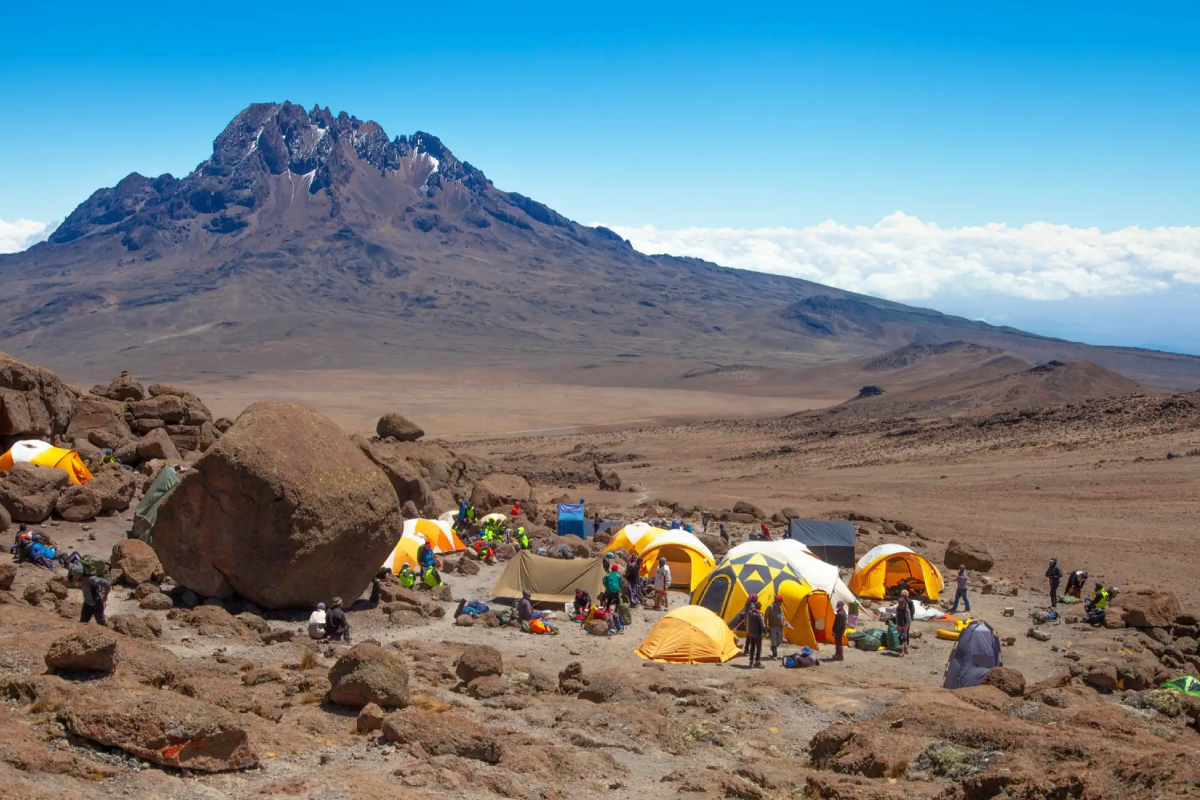
6 Days Rongai Route
Trek Kilimanjaro’s 6-day Rongai Route, ascending through rainforest, moorland, and alpine desert, summiting Uhuru Peak with expert guides and full support.
We make it easier for everyone to experience the world
Ready to explore Tanzania’s natural wonders? We’re here to help! Whether you’re planning a once-in-a-lifetime safari or a peaceful nature escape, our team makes travel easy and personal. Reach out today—let’s turn your dream of exploring Tanzania and beyond into reality. We make it easier for everyone to experience the world, one journey at a time. Contact us today!
Need I help? Talk to an Expert
+255767493713 +255690129757
Mountain Climbing FAQs
Discover essential information for climbing Tanzania’s iconic peaks—Mount Kilimanjaro, Mount Ol-Donyo Lengai, and Mount Meru. Learn about the best seasons, difficulty levels, required permits, gear recommendations, and safety tips. Whether you’re a first-time climber or experienced mountaineer, these FAQs provide guidance to help you prepare, stay safe, and make your mountain adventure unforgettable.
Climbing Kilimanjaro is challenging but achievable for fit individuals. It doesn't require technical skills, but altitude and endurance are key factors. Choosing a longer route improves acclimatization and success. Mental preparation, physical fitness, and proper gear make a big difference in your summit experience.
The best times are during dry seasons—January to March and June to October. These months offer clear skies, better trail conditions, and higher success rates. Avoid the rainy seasons for safety and comfort. Early booking is also advised due to route popularity.
Yes, Mount Meru is ideal for acclimatization before Kilimanjaro. It reaches 4,566 meters and offers great altitude training. The trek includes wildlife encounters and scenic ridges, preparing your body for Kilimanjaro’s higher elevation and reducing chances of altitude sickness significantly.
Yes, guided climbs are mandatory for both Kilimanjaro and Mount Meru. Guides ensure your safety, manage logistics, and provide expert support. Their local knowledge enhances your journey. On Mount Meru, park rangers accompany all trekkers due to wildlife presence in the area.
Ol Doinyo Lengai is the only active natrocarbonatite volcano in the world, revered by the Maasai as the “Mountain of God.” The steep climb is rewarded with unique lava flows, spiritual significance, and sunrise views over Lake Natron and the Great Rift Valley.
Altitude sickness can affect anyone above 2,500 meters. Symptoms include headache, nausea, and fatigue. To reduce risk, climb slowly, stay hydrated, and acclimatize properly. Longer itineraries on Kilimanjaro and a Mount Meru pre-climb significantly boost altitude adaptation and summit success.
You’ll need layered clothing, waterproof outerwear, sturdy hiking boots, sleeping gear (for Kilimanjaro and Meru), headlamp, trekking poles, and hydration packs. For Ol Doinyo Lengai, include lightweight but grippy footwear and breathable clothing due to its steep, dusty volcanic terrain.
What Customers Say About Us
